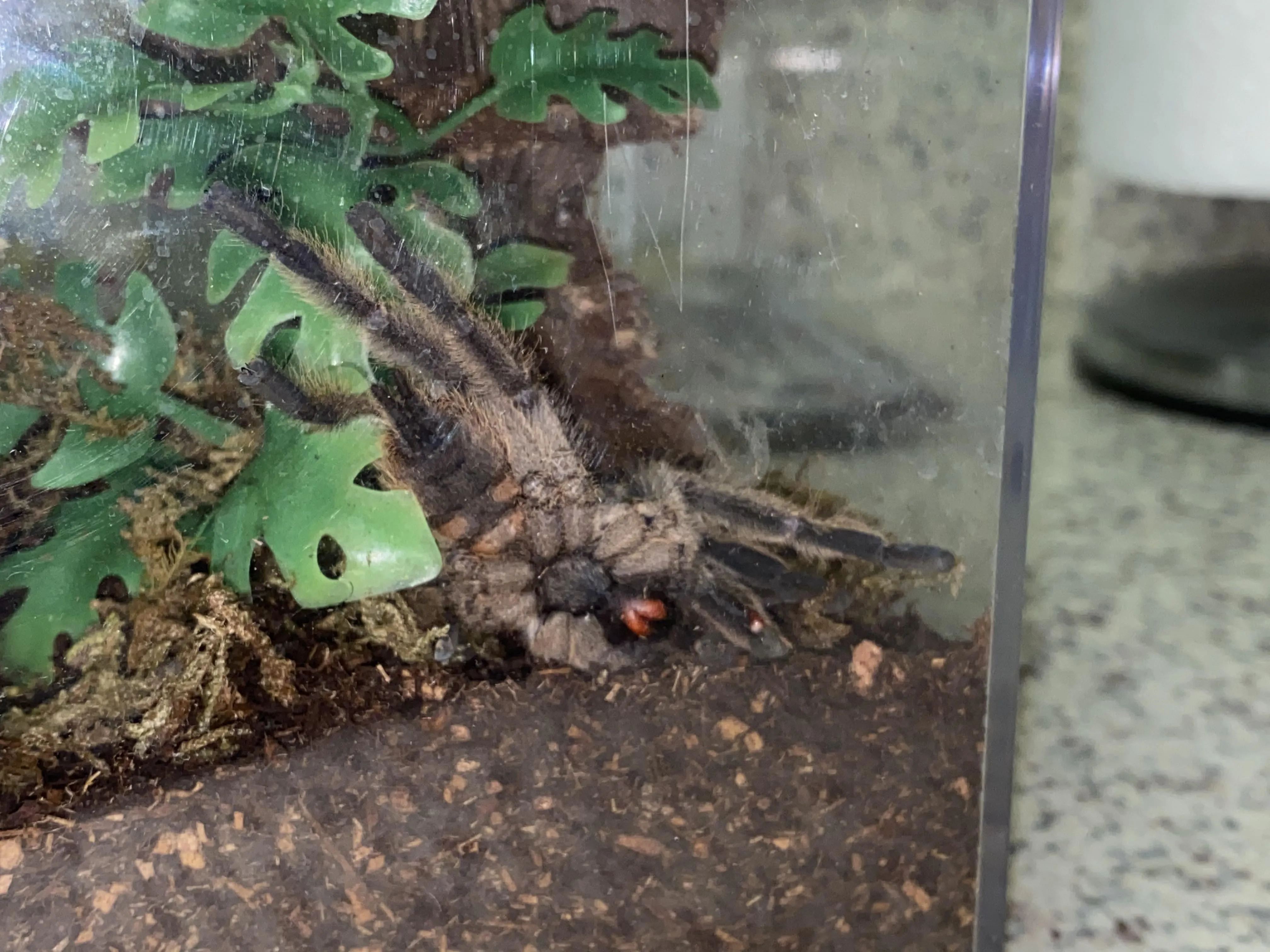What Does It Mean When a Tarantula Is Upside Down?
Discovering your tarantula lying on its back and motionless can be a distressing experience. However, it’s important to understand that this isn’t always a sign of immediate danger. Several factors can cause a tarantula to assume this position, and knowing the potential causes is crucial for determining the appropriate response. While it’s a cause for concern, staying calm and evaluating the situation methodically will help you provide the best possible care for your arachnid friend. Tarantulas, like all living creatures, have specific needs, and understanding these needs will allow you to identify the problem and take corrective action. The position itself isn’t a diagnosis, but rather a symptom of one or more underlying issues.
Molting
One of the most common reasons for a tarantula to be found upside down is molting. Molting is the process where a tarantula sheds its exoskeleton to grow. This is a natural and necessary part of a tarantula’s life cycle. During molting, the tarantula will often flip onto its back, which allows it to more easily shed its old exoskeleton. The process is physically demanding and can take several hours or even days, depending on the size and age of the tarantula. It is essential to avoid disturbing your tarantula during this vulnerable period.
How Molting Works

The molting process begins with the tarantula forming a new exoskeleton underneath the old one. Then, it will often secrete a fluid between the old and new exoskeletons to help loosen the old one. The tarantula then flips onto its back, using gravity to assist in the shedding process. The old exoskeleton splits open, usually along the carapace (the top part of its body), and the tarantula slowly wriggles out of its old shell. After molting, the tarantula is very vulnerable, with a soft, new exoskeleton that needs time to harden. It is crucial to keep the enclosure undisturbed and provide the correct humidity levels during and after the molt. Never attempt to assist a tarantula with molting, as this can cause severe injury or even death. The tarantula will do the work, so let it do it.
Signs of Molting
Several signs can indicate that your tarantula is preparing to molt. One of the most obvious signs is a change in color, as the tarantula’s exoskeleton may appear duller or darker than usual. The tarantula may also become less active, refusing food and spending more time in its burrow or hiding spot. You might also notice that the tarantula’s abdomen appears swollen or that its fangs are a different color. Sometimes, you can see the new exoskeleton forming under the old one. If you observe these signs, it’s best to assume that your tarantula is preparing to molt and prepare accordingly. This means increasing humidity slightly, ensuring the enclosure is free of hazards, and avoiding any disturbance of the spider. (Image: molting-tarantula.webp)
Dehydration
Dehydration is another potential cause for a tarantula being found on its back. Insufficient access to water, low humidity levels in the enclosure, or underlying health issues can all lead to dehydration. A dehydrated tarantula will often appear lethargic and may have a shrunken abdomen. Dehydration is a serious issue that requires immediate attention, as it can quickly lead to organ failure and death. Ensuring that your tarantula has constant access to fresh water and that the humidity levels in its enclosure are appropriate are essential to preventing dehydration. Regularly monitoring your tarantula for signs of dehydration is also important.
How to Identify Dehydration in Tarantulas
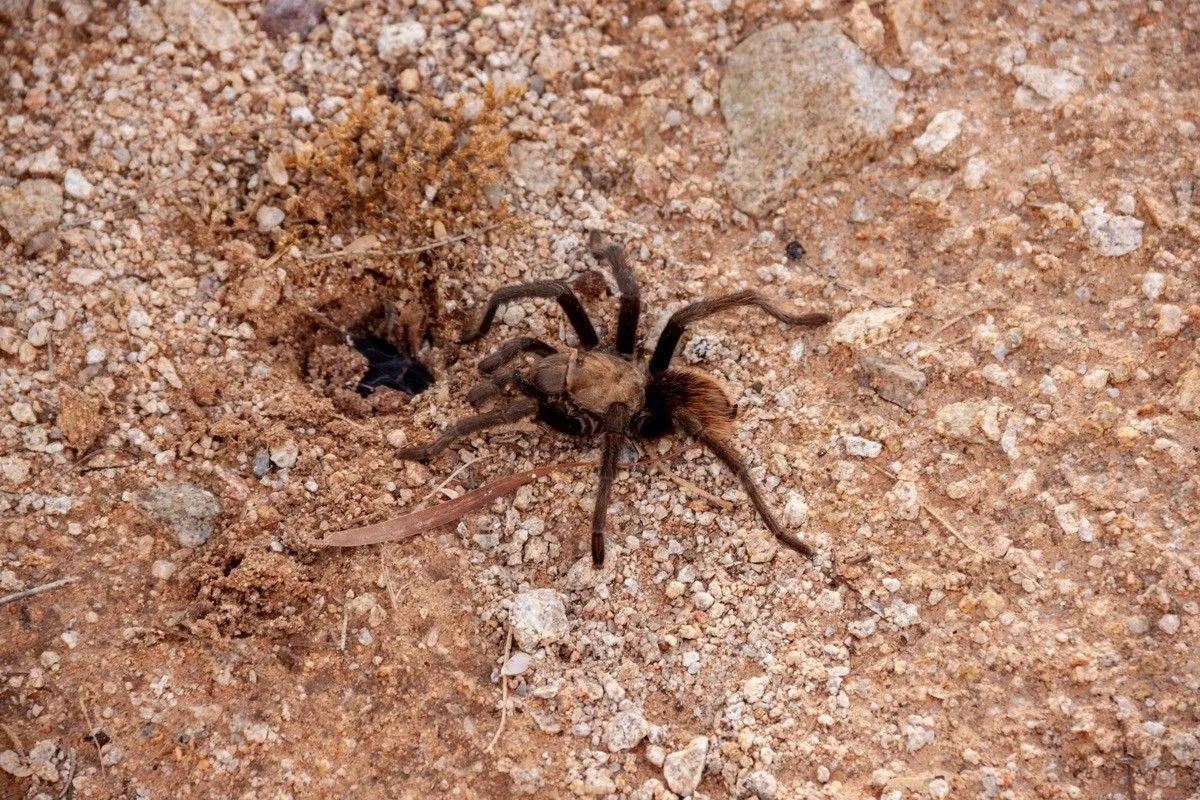
Identifying dehydration in tarantulas involves a few key observations. Look for a shrunken or wrinkled abdomen, which is a primary indicator. The tarantula may also appear less active than usual and may have difficulty moving. Observe the fangs—they may appear dull or dry. Additionally, the tarantula might attempt to drink from its water dish more frequently. If you gently lift the tarantula, its legs may not hold its weight as effectively. These signs, especially in combination, can suggest dehydration. Prompt action is crucial if you suspect dehydration. (Image: dehydrated-tarantula.webp)
How to Rehydrate Your Tarantula
If you suspect your tarantula is dehydrated, act quickly but gently. Provide a shallow water dish with fresh water. A damp paper towel can be a supplemental water source, but replace it daily to prevent mold. You can also try gently misting the enclosure to increase humidity, but avoid direct spraying on the tarantula. If the tarantula is unresponsive, you may need to carefully administer fluids. Using a small syringe or dropper, place a small amount of water near the tarantula’s mouthparts, allowing it to drink. Do not force the water. Monitor your tarantula closely for improvement, and consult a veterinarian specializing in exotic animals if the condition does not improve or worsens. (Image: tarantula-water-dish.webp)
Toxic Exposure
Exposure to toxins is another potential cause of a tarantula being found on its back. Tarantulas are sensitive to various chemicals and substances that may be present in your home, such as pesticides, cleaning products, and certain plants. Inhaling fumes or direct contact with these toxins can cause neurological damage, leading to paralysis and potentially death. Preventative measures are crucial to protect your tarantula from toxic exposure. Always ensure that any cleaning products or pesticides are kept well away from the enclosure. In addition, thoroughly wash your hands after using any chemicals. Regularly monitor your tarantula for signs of distress, and immediately remove the tarantula to a safe environment if you suspect exposure.
Common Household Toxins
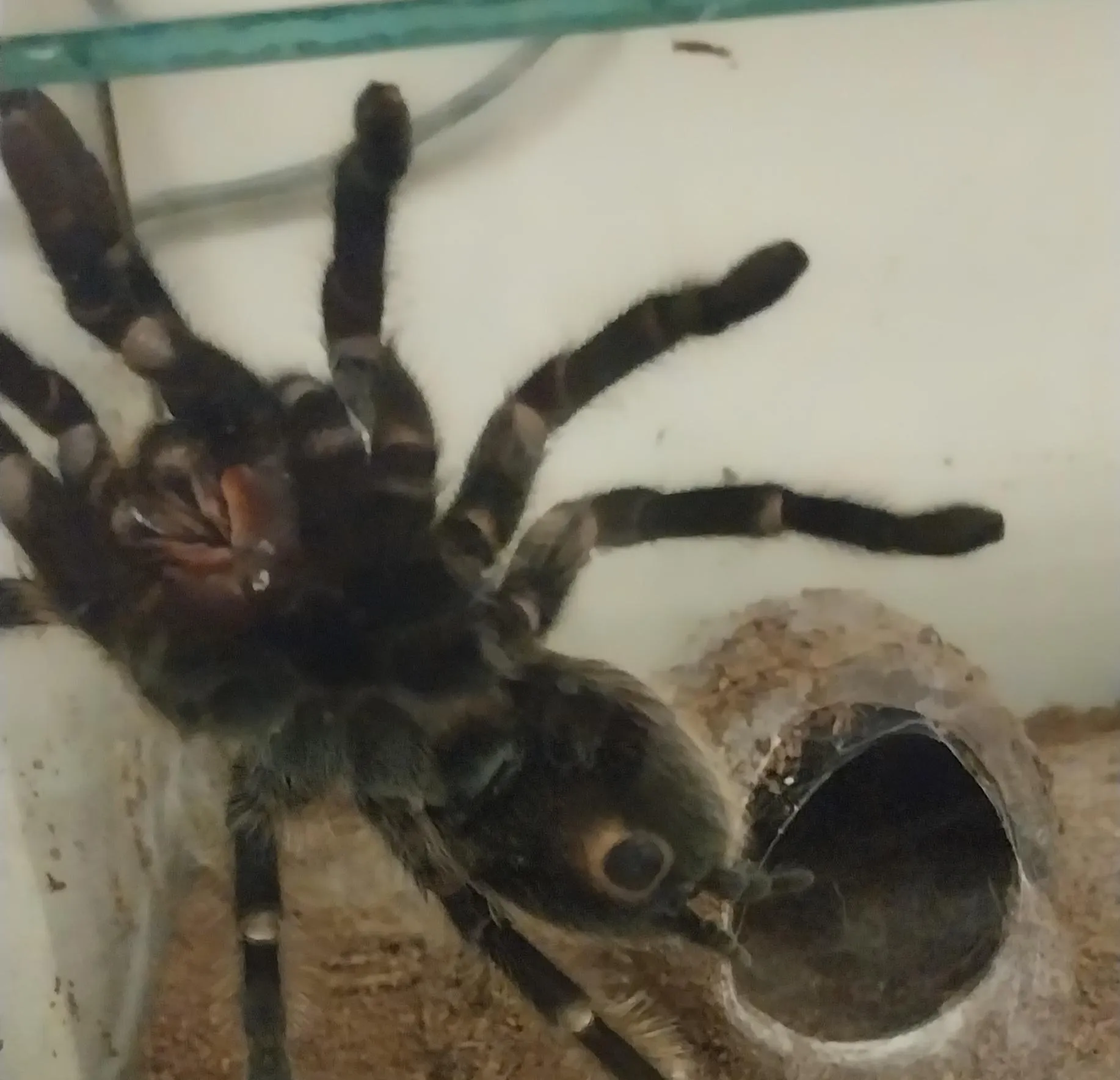
Numerous household items can be toxic to tarantulas. Common culprits include insecticides, pesticides, and certain cleaning products containing strong chemicals. Aerosol sprays, air fresheners, and scented candles can also be harmful. Certain plants are toxic to spiders, so avoid keeping them near the enclosure. Cigarette smoke and other pollutants can also have detrimental effects. Always use caution when introducing anything new into the tarantula’s environment and research the potential risks beforehand. Being aware of the potential dangers will help you maintain a safe environment for your tarantula. (Image: toxic-exposure-tarantula.webp)
Symptoms of Toxin Exposure
Recognizing the symptoms of toxin exposure is essential. A tarantula may exhibit tremors, twitching, or paralysis. It might also show erratic behavior or be unable to coordinate its movements. The tarantula may also lose its appetite or regurgitate food. If you suspect toxin exposure, immediately remove the tarantula from the contaminated area. Provide fresh air and monitor the spider closely. If the condition doesn’t improve quickly, seek veterinary assistance. Keep the enclosure clean, avoid using harsh chemicals nearby, and keep the tarantula safe. Watch for any unusual behaviors to help you act quickly. This can save your tarantula’s life.
Age and Health
The age and overall health of your tarantula can also impact its behavior and well-being. Older tarantulas, in particular, may be more prone to health problems and are at a higher risk of being found on their backs. Sick tarantulas can also exhibit this behavior as a result of weakness, illness, or injury. Proper care and a suitable environment are essential for maintaining the health of your tarantula, regardless of its age. This includes providing a balanced diet, appropriate humidity, and a stress-free environment. Regular observation and preventative care measures will help you ensure your tarantula’s long and healthy life.
Older Tarantulas
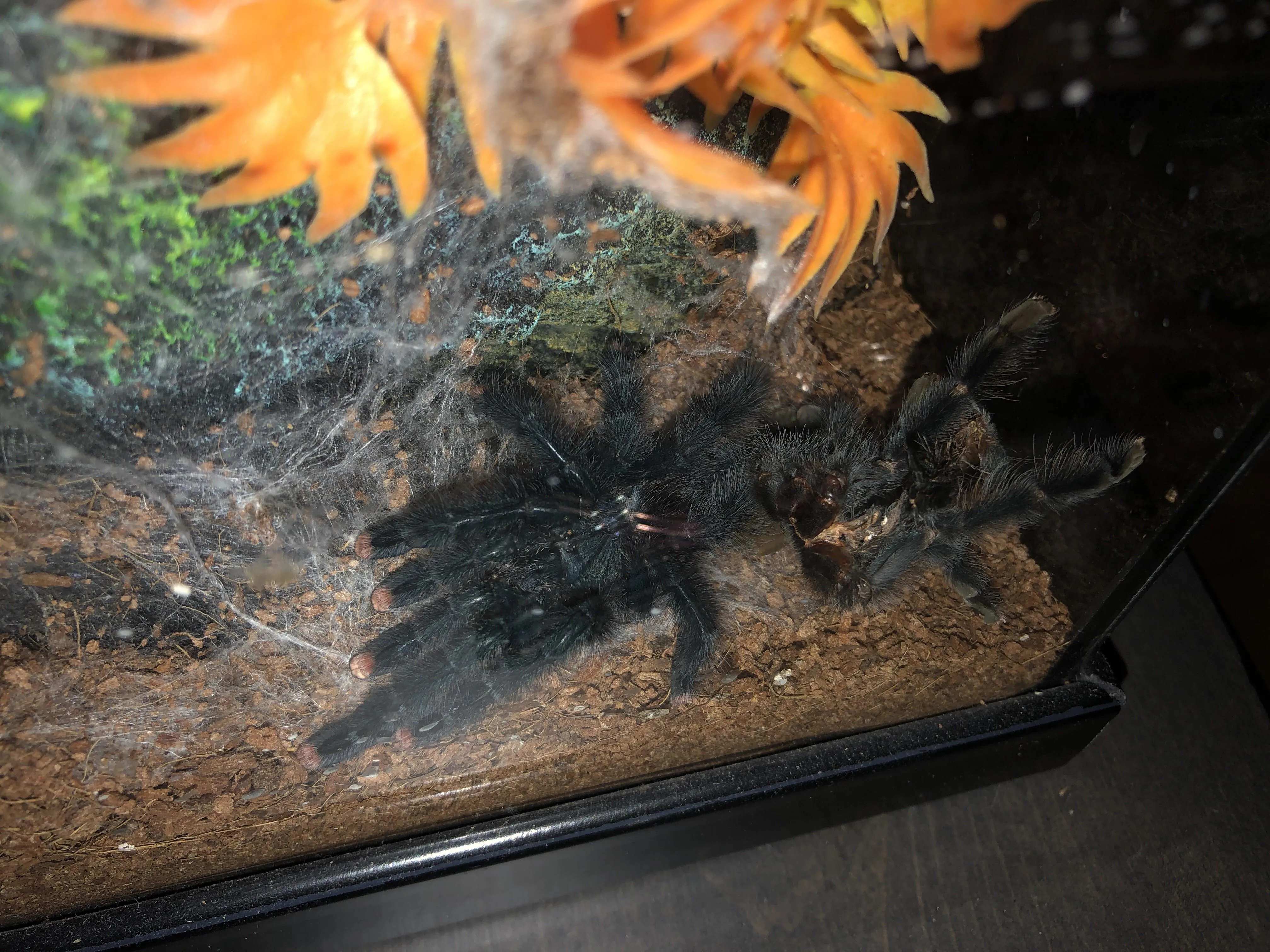
Older tarantulas, like all living creatures, experience a decline in their physical capabilities. They may become less active, eat less, and be more susceptible to health issues. As they age, their exoskeletons may become less flexible, making it more difficult for them to maneuver. It’s crucial to provide older tarantulas with a comfortable and safe environment. Avoid placing them in enclosures that are too large, which will make it harder for them to get around. Offer softer food and ensure they have easy access to water. Regular health check-ups and careful monitoring can help manage any age-related problems. Remember that the later years of a tarantula can still be happy and healthy years with proper care. (Image: old-tarantula.webp)
Sick Tarantulas
Sick tarantulas may exhibit various symptoms, including lethargy, loss of appetite, and the inability to move properly. Infections, parasites, or other underlying health issues can contribute to these symptoms. If you suspect your tarantula is sick, it is important to isolate it from other tarantulas (if you have multiple), and seek advice from a veterinarian specializing in exotic animals. Provide a clean and stress-free environment and ensure the tarantula has access to water. Prompt treatment and the correct care are crucial for recovery and preventing the illness from spreading. Early detection and action can often make a big difference in the tarantula’s health and survival. (Image: sick-tarantula.webp)
What to Do Immediate Actions
When you find your tarantula upside down, take the following steps immediately. First, remain calm and avoid panicking. Assess the situation by observing the tarantula carefully. Look for signs of molting, such as a dull exoskeleton or an exposed underside. Check for signs of dehydration, like a shrunken abdomen. Then, gently check if the tarantula responds to a gentle nudge; do not disturb it too much if you suspect molting. Remove any potential hazards from the enclosure, such as sharp objects that could cause injury. Provide fresh water. If you suspect a serious issue or if the condition does not improve, seek professional help from a veterinarian. Taking the correct steps quickly can greatly increase the chance of a positive outcome.
Check for Molting
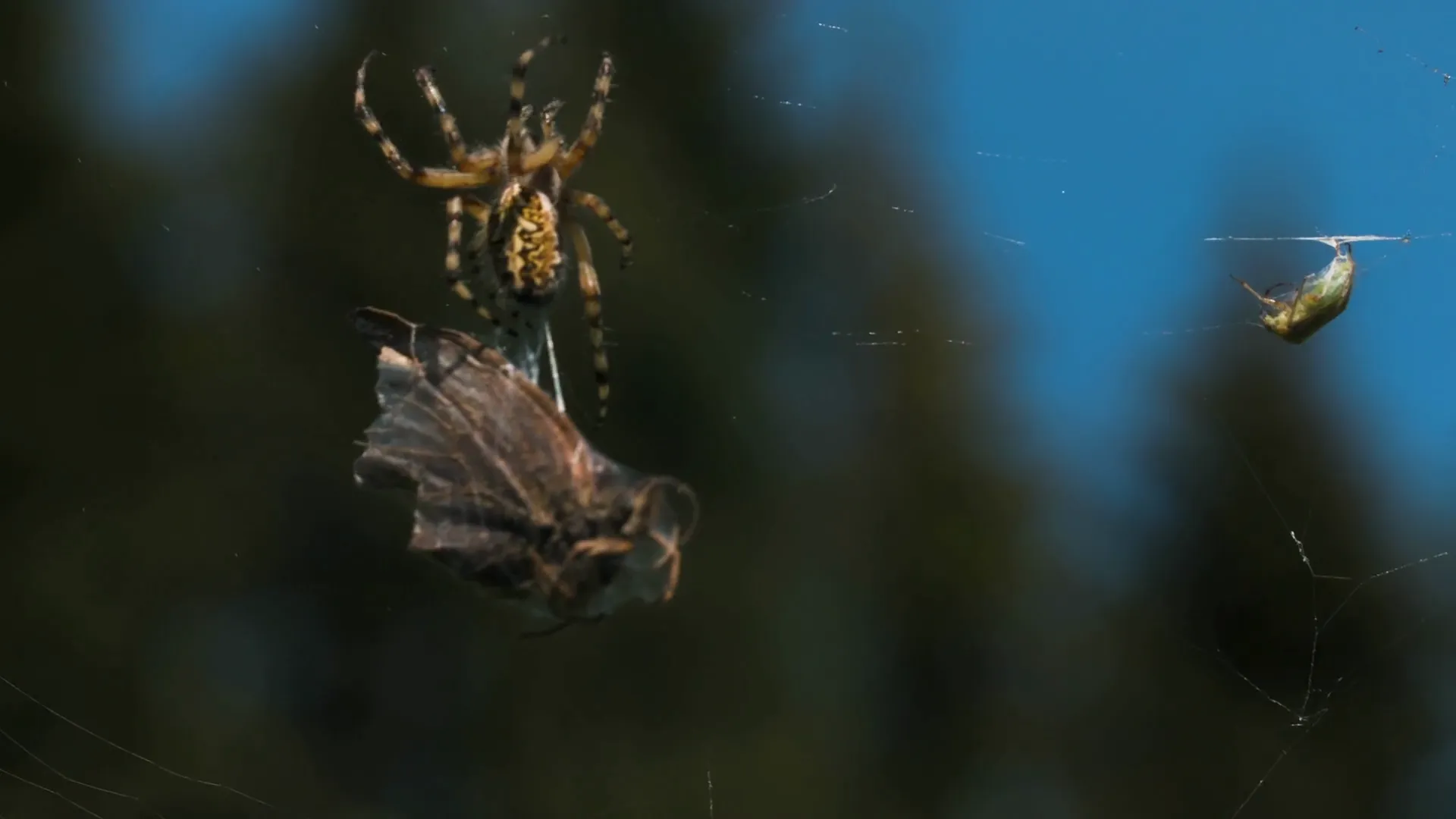
If you suspect molting is the cause, do not disturb the tarantula. Molting is a vulnerable period, and any disturbance can be fatal. Keep the enclosure in a quiet, dimly lit environment. Maintain appropriate humidity levels to prevent the exoskeleton from drying out. Be patient; molting can take several hours or even days. Do not try to assist the tarantula in any way. Let the natural process proceed without intervention. After molting is complete, wait a few days before offering food, as the new exoskeleton will take time to harden. Providing a safe and undisturbed environment is the key to a successful molt. (Image: tarantula-upside-down.webp)
Check for Dehydration
If dehydration is suspected, provide a shallow water dish with fresh water. If the tarantula is unresponsive, you can gently administer water using a syringe or dropper, placing a few drops near the mouthparts. Avoid forcing the tarantula to drink. Increase the humidity in the enclosure by misting it lightly, but do not spray the tarantula directly. Continue monitoring the tarantula for signs of improvement. If the condition doesn’t improve, seek veterinary assistance. Dehydration can quickly become life-threatening. Remember to identify the cause of the dehydration and address it to prevent future occurrences. (Image: tarantula-water-dish.webp)
Remove from Danger
Carefully remove any potential hazards from the enclosure. Sharp objects, such as decorations, or anything that could injure a tarantula struggling to move. Ensure there are no chemicals or toxins that could have caused the problem. Provide a safe and stable environment. If there are other pets or children in the home, prevent them from getting near the enclosure. Secure the lid of the enclosure to prevent escapes. A safe environment minimizes risks and allows the tarantula to recover without additional stress. This also includes maintaining proper temperature and humidity levels in the enclosure. Constant observation is essential.
When to Seek Veterinary Help

Knowing when to seek professional veterinary help is critical. If the tarantula shows signs of distress that do not improve within a reasonable amount of time, it’s time to consult a vet. If there are signs of injury, such as visible wounds or swelling, seek immediate attention. If you suspect toxic exposure or if the tarantula exhibits severe neurological symptoms, it is crucial to seek professional advice immediately. Find a veterinarian specializing in exotic animals, as they will have the most experience with tarantulas. Provide the vet with as much information as possible about the situation. Early veterinary intervention can often make a significant difference in the tarantula’s outcome. (Image: veterinary-tarantula.webp)
